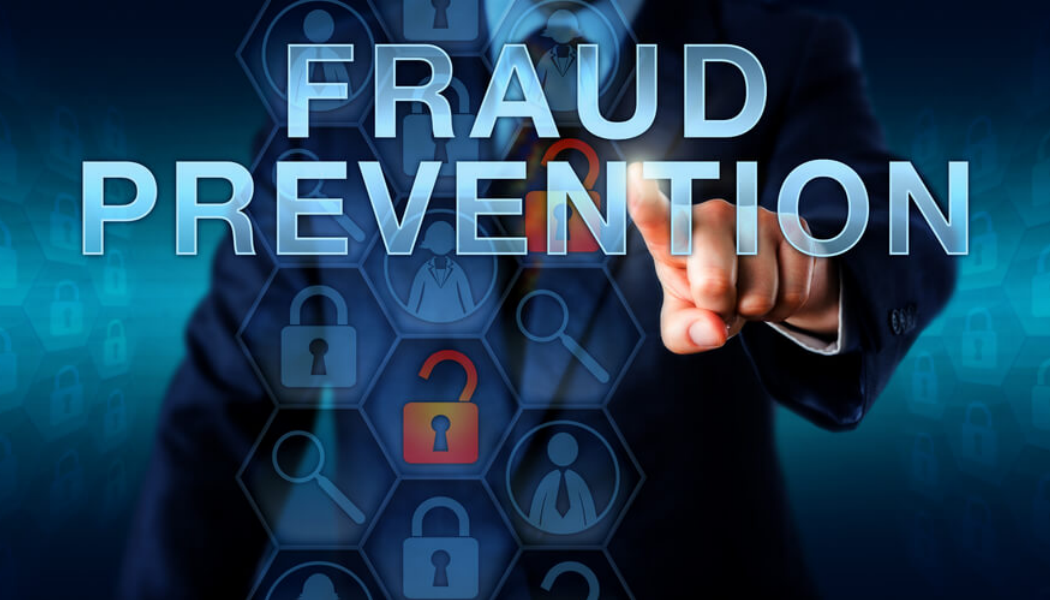There is a much information written to protect your District from fraud, but much of the information is technical, too long to read and not practical for smaller local governments with limited budgets. Thankfully in my reading and studying fraud prevention, I came across the book ‘The Little Book of Local Government Fraud Prevention’ written by Charles Hall, CPA, CFE, MAcc. I strongly recommend buying this book and implementing the fraud prevention and detection controls found in this book. The book is written by an expert in fraud. The book is written for District managers not necessarily accountants. The content is practical and provides fraud prevention for each line item found in the financial statements.
Overview of the Book
The book starts with general information on fraud, who commits it, what is fraud, where it occurs, and how and why it occurs. After a foundation is laid, the author leads into general fraud prevention controls, transaction level fraud prevention, disbursements and purchasing fraud prevention, payroll fraud prevention, among other different types of fraud prevention controls. The remaining portion of this report will be to provide practical fraud prevention and detection controls for any local government. Each of these controls can be found in the book.

I hope these fraud prevention and detection controls serve as a starting point for your District to combat against fraud or improve fraud prevention and detection in your District.
GENERAL FRAUD PREVENTION CONTROLS
Whistleblower Program
Hands down this program is the most effective way to detect fraud. This control for many consecutive years has been the number one means to prevent and detect fraud. It’s also the best bang for your buck (so to speak). The whistleblower program is for anybody who feels or thinks there is something out of the ordinary occurring in the organization, and s/he can call and leave an anonymous tip for the organization. The organization is prompt to look more into the tip.

Many local governments rely too much on the external audits as the sole fraud prevention/detection control which is a mistake. The whistleblower program is much more effective than the external audit and a lot cheaper than an external audit.
Segregation of Duties
The segregation of duties is to have the following performed by separate personnel:
- Custody of assets
- Reconciliations
- Authorization
- Bookkeeping
A practical guide for smaller local governments or other organizations is to include one of the Board members to review the reconciliations on a periodic basis. For example, a District has 3 board members. One board member can review the reconciliations, payroll information, bank statements, etc once a quarter or four times a year prior to the Board meeting. This extra control is effective and serves to segregate the duties of the organization. Furthermore, if the first idea is impractical, have a second person review the activity, often it would be performed by another manager or assistant manager. Weak segregation of duties opens the door and gives opportunity for a person to commit and continually commit fraud over many years.
RED FLAGS OF FRAUD

External Red Flags
- Employee personal problems i.e. financial difficulties, substantive abuse , legal issues, etc
- Employee living beyond his or her means
- An employee is has a too close association with a vendor
Many times when there are personal issues with employees, it leads them to steal money from the organization to ‘fix’ the issue at hand. (i.e. substance abuse, financial difficulties, etc).
If an employee is purchasing vehicles, boats, etc and there is no explanation for how s/he paid for them this should raise a red flag as it may be due to a new revenue source aka stealing from your organization.

When employees are too closely associated with vendors, it opens the door for ‘kickbacks’ when the employee purchases more merchandise from that particular vendor.
Payroll Red Flags
- Actual payroll balances are much greater than what was budgeted
- Overtime is excessive
- Employees with little to no deductions
I have seen a District where a Manager was paid approximately triple more than expected. If the District Board had reviewed the budget to actual report, this variance should have raised a red flag and upon more analysis the District would have found the payroll fraud. Unfortunately, a budget was not created and no budget to actual report was shown to the Board. It is important to keep track of overtime. When overtime is claimed on the payroll times sheet, review the day of the overtime and review what exactly prompted the employee to work overtime. For example, if the employee claims overtime and there was a Saturday service at the cemetery, the employee’s time sheet is accurate. My point is to watch out for and corroborate evidence to support the reason for the overtime.
Capital Assets Red Flags
- Missing capital assets
- Employee(s) inadequate accountability of capital assets
- Qualified contractors not submitting bids
Every local government should be taking an inventory count as this will provide the local government with a listing of all capital assets. It’s also a good way to track missing capital assets.
Cash Receipts and Billing Red Flags
- Customers complain concerning nonpayment notices even though they paid
- Unusual amount of missing receipts
- Unexplained decreases in revenues
If a customer complains and shows proof of payment, investigate why the payment was not applied to the customer’s invoice. If there are missing receipts, it may be due to employees invoicing the customer but not entering the invoice into the accounting system.
Signs of these red flags need not mean fraud exists, but each manager and board member should be aware of the red flags to investigate red flags and corroborate evidence for or against the existence of fraud, when a red flag or many red flags are found in the organization.
FRAUD PREVENTION FOR SMALLER GOVERNMENTS
If your accounting department looks like the manager plus one or two employees, you find it difficult to ‘segregate duties’ and perform the fraud prevention controls mentioned in this report. The following are examples of fraud prevention/detection controls for the smallest of local governments and nonprofit organizations.

Lower Cost Fraud Prevention/Detection Controls
- Give access to the bank statements online to a Board member or members for review. At the end of each month, have one of the board members sign-off for her/his review.
- Periodically, have a board member randomly choose a check or checks and reconcile the check(s) to the invoice, bank statement, and the accounting records
- Do not allow the Manager to sign checks and have the members of the board authorize the checks
- Provide a monthly budget to actual report to the board members
- Perform a periodic inventory of assets and compare the current inventory listing with the prior listing.
More Expensive but Often More Effective Controls
- Have an outside CPA Firm or Certified Fraud Examiner (CFE) perform a receipts and disbursement test (i.e. trace accounting records to invoices/receipts, bank statement, etc)
- Have an outside CPA Firm or Certified Fraud Examiner (CFE) perform an analysis of your internal control system and make recommendations
- Have an outside CPA Firm or Certified Fraud Examiner (CFE) perform surprise audits a couple times a year of payroll, receipts, disbursements, among other tests
- Install a security camera to inspect collection and receipting activity
Other Controls
- Ghost vendor fraud prevention controls:
- Compare vendor addresses with employee addresses
- Segregate duties
- Requirement of vendor addresses rather than P.O. boxes even if the mailing address is a P.O. Box
- Ghost payroll fraud prevention controls:
- Periodically compare payroll system employees to personnel files (Normally ghost employees won’t have a personnel file)
- Investigate any returned W-2s
- Don’t allow one person to perform the following two tasks: Adding or deleting employees Payroll processing function
FINAL THOUGHTS

Fraud normally is one of the last items on the agenda for most organizations. Unfortunately, far too many local governments have had to react to difficult situations without any protocols or processes to follow. Consider creating a fraud risk management program in your organization. Why should any local government create such a program? Because the average fraud in the public sector is $118K and the average life of fraud is 18 months. Imagine if your organization had no or little controls to prevent and detect fraud, it could last as long as 5 or 10 years. If the average life of fraud is 18 months with a $118K loss, then a decade long fraud scheme could turn into close to $1,000,000 of losses. Don’t let this happen to you. I highly recommend reading the book , ‘The Little Book of Local Government Fraud Prevention’ written by Charles Hall, CPA, CFE, MAcc.
If you would like to speak with me, I am available. Please email me at david@dfarnsworthcpa.com or call me at (408) 780-2236. Have a great day!
David Farnsworth, CPA
P.S. We are on a mission to help local governments with fraud prevention and governmental finance. We exist to help eliminate abuse, wasteful spending and fraud. Our goal is to help you run a transparent financially responsible District or Agency. When you’re ready, here are a few ways we can help right away:
- Sign-up to our monthly newsletter here. We cover topics ranging from fraud prevention, financial reporting, government budgeting, etc.
- Take our fraud risk assessment (link to assessment here) We’ll give you specific recommendations on how to improve your situation right away.
- Receive our free fraud prevention package (click this link to schedule a meeting)
- Jump on a video conference call to get specific fraud prevention recommendations (click this link to schedule a meeting).
- Request a proposal to perform the financial audit. request for proposal.

